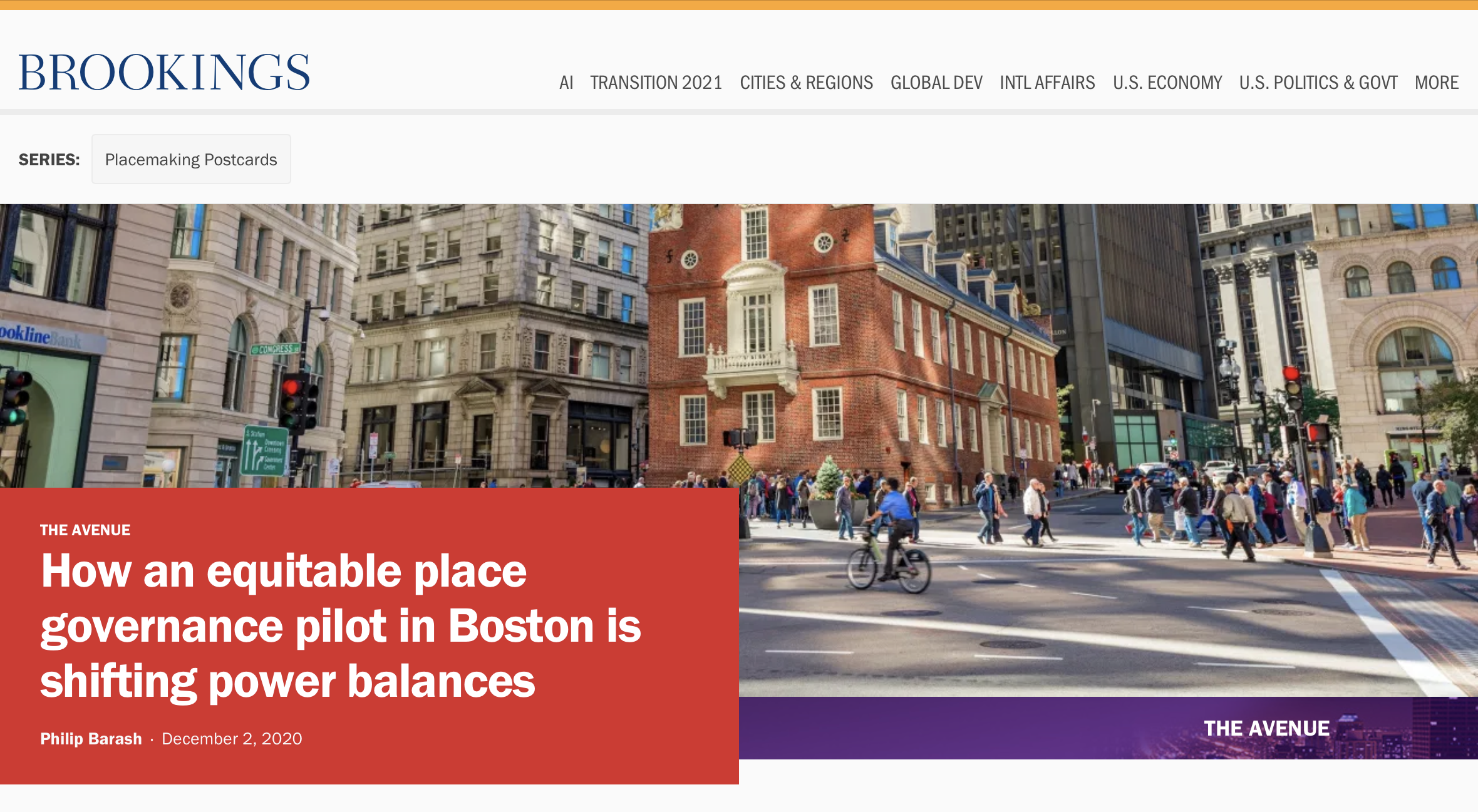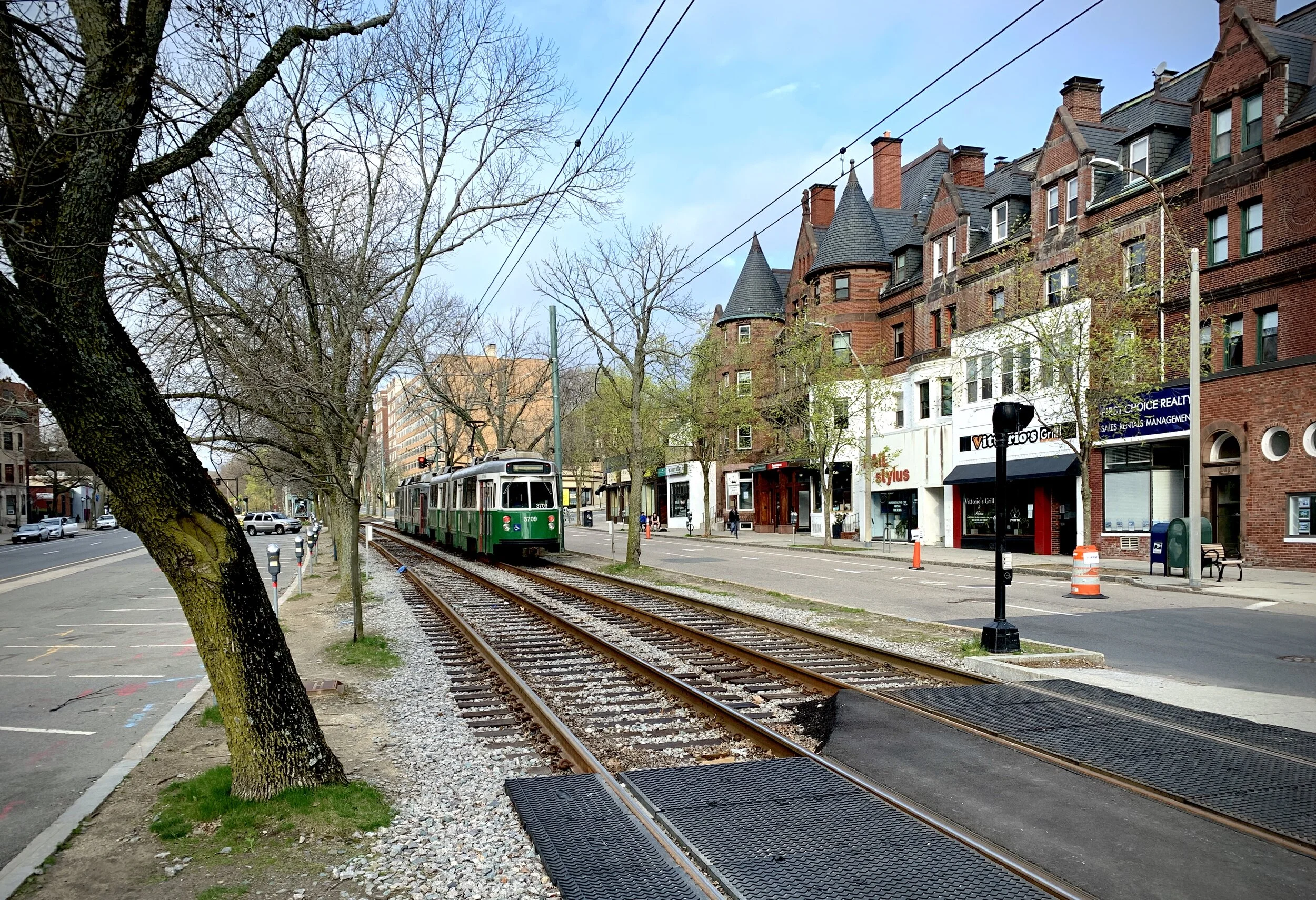F. Philip Barash works to shape more vibrant and just places.
Through journalistic and narrative writing, I expose stories about the changing American landscape. By facilitating urban planning projects, I contribute to shared places and social infrastructures of communities. And in my public curatorial and teaching practice, I engage contemporary issues that affect the built and natural environments.
⸻
Common themes across my work include architecture and landscape, placemaking and public art, community engagement and civic projects, and equity and spatial justice.
See all.

The geography of emptiness
And yet policy and economics fail to fully describe the value of this land, to account for embedded histories and belongings, to recognize that an empty lot is full—brimming with stories and significations.
FORTHCOMING | You are not welcome: the difficult politics of belonging on the Tierra Amarilla Land Grant
The politics and ethics of northern New Mexico, half-million acres of Tierra Amarilla Land Grant, are a microcosm of a nation whose attitudes towards land are dramatically shifting.

Obama Presidential Center: guiding principles for a future landmark
Before a center dedicated to the legacy of the first African-American President could become a reality, it required multiple stakeholders to share a unified vision. A Request for Proposals signaled clear intentions and an ambitious vision.

OlmstedNow: an inclusive vision for the greater Boston Olmsted bicentennial
Frederick Law Olmsted is central to how we think about and use public spaces. Ahead of his bicentennial, ideas about shared places, shared wellness, and shared power are central to a public engagement campaign.

Restoring the Alexander Girard home
Alexander Girard inflected the modernist vocabulary with color, joy, playfulness. He countered postwar ideals of abundance and efficiency with craft objects, misfits in both the worlds of high art and industrial production.

How an equitable place governance pilot in Boston is shifting power balances
If Boston has any hope of altering development dynamics to center community interest and spatial justice, we need to continue shifting the power balance.
ONGOING | An expanded vision for coastal resiliency in New England
A climate change consortium is scaling up its vision for coastal resilience and environmental justice.

State v. Jahn: the Thompson Center is dead, long live the Thompson Center
What more can be said about the Thompson Center that has not already been said by the legions of its champions and its detractors? That it is a masterpiece, a tour de force of postmodernism? That it is an eyesore out of character with its urban context? That it is monumental in a city resplendent with monuments? That it is a monstrosity? That it is sublimely beautiful? That it is sublimely ugly?
FORTHCOMING | The house that spite built: Abby Beecher Roberts and a lost Jens Jensen landscape
Jens Jensen and Frank Lloyd Wright enjoyed a long and productive collaboration. But by 1937, the two friends were beefing. The cause of their enmity? A project in a remote Michigan town, commissioned by an extraordinary client.

Place Leadership Network: philanthropic and policy investment in equitable public realm
An equitable placemaking initiative to invest philanthropic and policy resources into community groups that champion the public interest in the design, activation, and stewardship of the public realm.

How White City became Black space: notes on Jackson Park
President Andrew Jackson’s legacy—defense of slavery, hostility to abolitionism, violent removal of indigenous tribes—is the exact opposite of the ideals that the park, once known as Lake Park, was designed to demonstrate. And yet it is also a smirking, swaggering irony, for Jackson Park today is no more a tribute to Jackson than a monumental middle finger.

Into Detroit’s backwater
River Rouge follows the city’s westernmost border through marsh, heavy industry, and warrens of postwar housing. It flows far from the showpiece parks of downtown, extreme and remote.

Design 50 profiles: Theaster Gates, Jeanne Gang, Obi Nwazota, Kara Mann et al.
But distance affords a clearer view of the contours of an ecosystem that Gates’ Rebuild Foundation has cultivated—an ecosystem in which one project accrues to another’s value and in which the ordinary indignities of lost things, decrepit buildings or forgotten places return to grace through the sustained lift of a creative, if occasionally doctrinaire, optimism of Gates’ advocacy.

The ecology of Maya Lin: a memorial for the planet
But celebrity isn’t unambiguous: public visibility means that Lin is continually outing herself—as a woman, as a Chinese American, as an outsider.

Avenue of the Arts: asset-based plan for reimagining a cultural corridor
Boston’s cultural district was struggling with its identity. A visually striking asset map helped to illuminate boundaries, stakeholders, and aspirations, ahead of a comprehensive cultural planning effort.

The Africana collection: Norman Teague’s diasporic design
“Africana” is simultaneously a declaration of intent and a perfectly human, warm thing — “comfortable with its Blackness” — and shaped by one body for the use of others. The collection is tactile and tough.

The state of art with the statesman of architecture: Stanley Tigerman on the Chicago Architecture Biennial
The Chicago Architecture Biennial recently announced a theme for its inaugural year. The theme, “The State of the Art of Architecture,” pays homage to a landmark 1977 conference organized by architect Stanley Tigerman at the Graham Foundation for the Advanced Studies in the Fine Arts.

Charlestown Navy Yard: visitor-centered vision for transforming an iconic site
An iconic national park, Charlestown Navy Yard is a rich site of intersecting histories of independence, power, race, and labor. Today, it is reinvigorating its storytelling and visitor engagement approach.

In public: notes from Beacon Street
Times of crisis can have the quality of deepening our perceptions, of revealing that which awaits just beneath the surface. The Emerald Necklace is social mobility infrastructure guised as green space. Beacon Street is a social space hidden in mobility infrastructure. To borrow a phrase from a different radical moment, sous les pavés, le parc.
ONGOING | Regional governance and active public realms in Northwest Arkansas
Among the fastest-growing regions of the U.S., Northwest Arkansas is investing in its arts, green infrastructure, mobility, and inclusive public spaces. A regional framework for intergovernmental collaboration is now being established.
